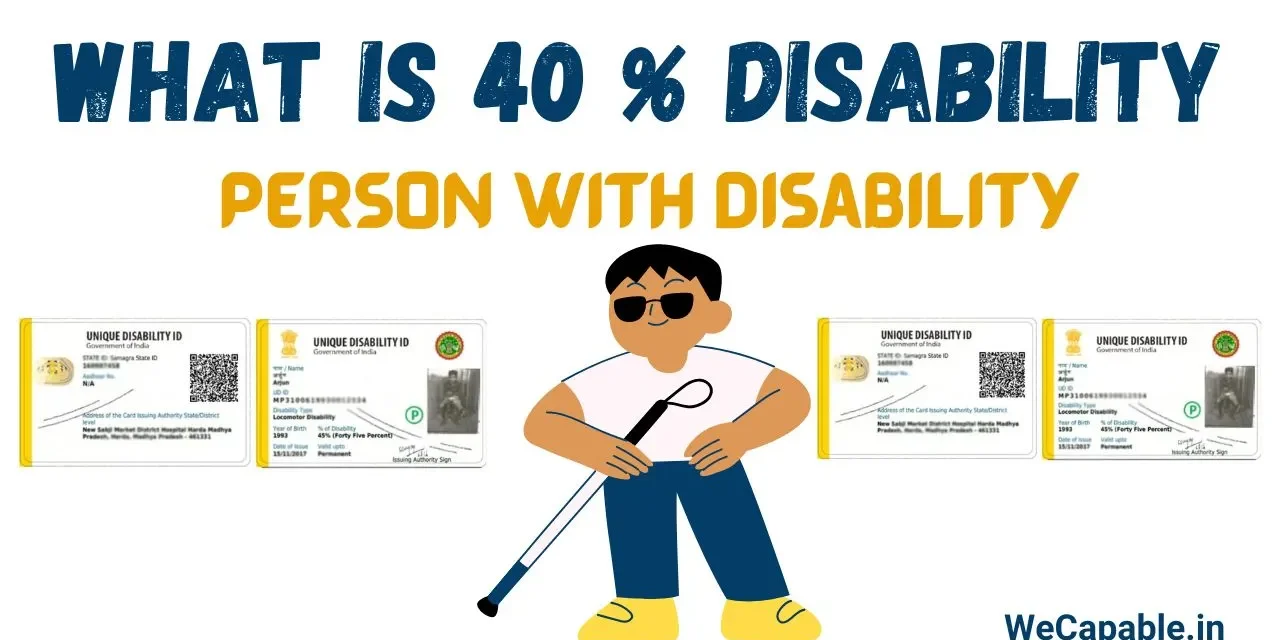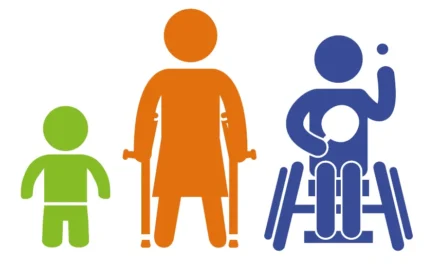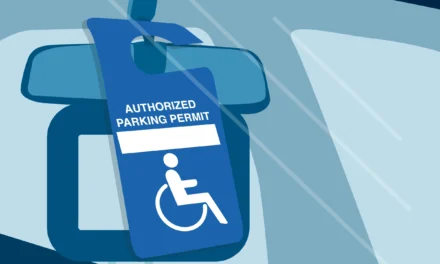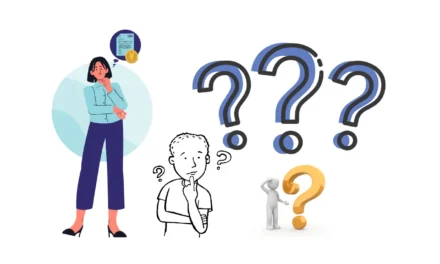PwD stands for “Persons with Disabilities.” It is a term used to refer to individuals who have physical, mental, intellectual, or sensory impairments that may hinder their full participation in society. Each condition may lead to a disability rating of 40 percent disability or higher, depending on its severity.
Introduction
Persons with Disabilities (PwD) have physical, mental, intellectual, or sensory challenges that can affect their ability to carry out everyday tasks or fully engage in society. This includes various conditions, such as difficulties with movement, senses, thinking, or learning. Efforts to support PwD aim to make environments more accessible and inclusive, ensuring they have equal opportunities to participate in community life. Laws like in India with Rights of Persons with Disabilities Act, 2016, and similar laws elsewhere, are designed to protect the rights of PwD and help them reach their full potential.
What is PwD ?
PwD stands for People with Disabilities. This term is used to refer to individuals who have any disability, whether it be physical, mental, sensory, or cognitive. PwD can include people with conditions such as autism, Down syndrome, cerebral palsy, dyslexia, and many more. The term is often used in discussions about accessibility, equal opportunities, and rights for those who have disabilities. Governments, organizations, and societies worldwide strive to ensure that PwD are not discriminated against and have access to the same opportunities and benefits as others. A 40 percent disability
- White Card: Issued to individuals with a percentage below 40 percent disability.
- Yellow Card: Issued to individuals with a disability percentage between 40% and 79%.
- Blue Card: Issued to individuals with a disability percentage of 80% or higher.
Definition of Disability
According to the Rights of Persons with Disabilities Act, 2016
A 40 percent disability “PwD” is defined as someone who has a long-term physical, mental, intellectual, or sensory impairment that, when interacting with various barriers, limits their full and effective participation in society on an equal basis with others.
A 40 percent disability “PwD” refers to someone who has at least 40 percent disabilities of a specific disability, where the disability is not defined in measurable terms. It also includes individuals with a disability that is defined in measurable terms, as certified by the appropriate authority.
The 21 disabilities covered are as follows.
Each condition may result in a disability rating of 40 percent disability or more, depending on its severity.
1. Blindness
2. Low-vision
3. Leprosy Cured persons
4. Hearing Impairment
5. Locomotor Disability
6. Dwarfism
7. Intellectual Disability
8. Mental Illness
9. Autism Spectrum Disorder
10. Cerebral Palsy
11. Muscular Dystrophy
12. Chronic Neurological conditions
13. Specific Learning Disabilities
14. Multiple Sclerosis
15. Speech and Language disability
16. Thalassemia
17. Hemophilia
18. Sickle cell disease
19. Multiple Disabilities including deaf-blindness
20. Acid Attack victims
21. Parkinson’s disease
What is 40 Percent Disability ?
The 40 percent disability benchmark denotes the level at which a person is classified as having a “severe” disability.
This is also referred to as PPI, or Permanent Physical Impairment, which represents the residual impairment remaining after all possible treatments. A 40 percent disability rating is also known as a benchmark disability.
This 40 percent disability is also referred to as PPI, or Permanent Physical Impairment, which represents the residual impairment remaining after all possible treatments. A 40 percent disability rating is also known as a benchmark disability.
The disability certificate and/or identity card is an essential document for individuals with a disability of more than 40 percent disability to access various facilities, benefits, or concessions available under different schemes. However, this documentation is not needed for enrolling in a school for formal education.





